
Should I expand my existing rooftop installation or add a solar kit?
With solar kits growing in popularity, not only households in apartments are installing them. We increasingly also get calls from households that live in houses with a solar installation on their roof. After seeing the benefits of self-produced solar energy on their power bills, they want to save even more. But what is the best solution: to “add more panels on the roof” or to chose a plug & play solar kit?
Expanding an existing rooftop installation
To expand an existing rooftop installation, first assess the available space and determine the additional capacity needed. Next, evaluate the existing infrastructure to ensure compatibility with the expansion, such as wiring, inverter capacity and connection to your home’s power infrastructure. Engage with a qualified solar installer to design the expansion, taking into account local regulations and permitting requirements and timing.
Once design and permitting are finalized, your installer can get to work, with the components available, and depending on his schedule. It is very important to ensure proper integration with the existing system and maximizing the generation potential of the rooftop space.
Take into consideration the time this process takes across all these steps, that might take weeks or months. During this time you are losing out on potential power savings. And consider the total cost of this operation, that might include the substitution of existing elements (like the inverter or cables) to adapt to the increased power of your installation, increasing the cost beyond just the new components.
Adding a plug & play solar kit to a rooftop installation
A plug & play solar kit is a separate installation to the one of your rooftop. They are not connected. Since your rooftop installation is already installed, certified, connected and producing, any extra electricity that your solar kit produces would be consumed on the spot, and if there is any surplus, this would be treated as the rest of your rooftop’s surplus electricity.
After ordering your kit online you get it delivered at home in a few days. You install the plug & play solar kit yourself in a few minutes, and simply connect it to the next plug available nearby. A quality kit like our Robinsun Performance 800 comes with state of the art technology and all components necessary for an easy installation. Since you don’t need to certify the installation of a kit, you can start producing your own solar energy, and save on your power bill from the moment you plug the kit in.
Conclusions
Comparing the two options, it is clear that a plug & play solar kit is by far the better, cheaper and faster option, if your extra needs are of a few panels. If you want to expand bigger, you probably want to opt for a rooftop expansion, but will have to face higher costs not just for the additional installation, but also for the upgrade of the total installation.

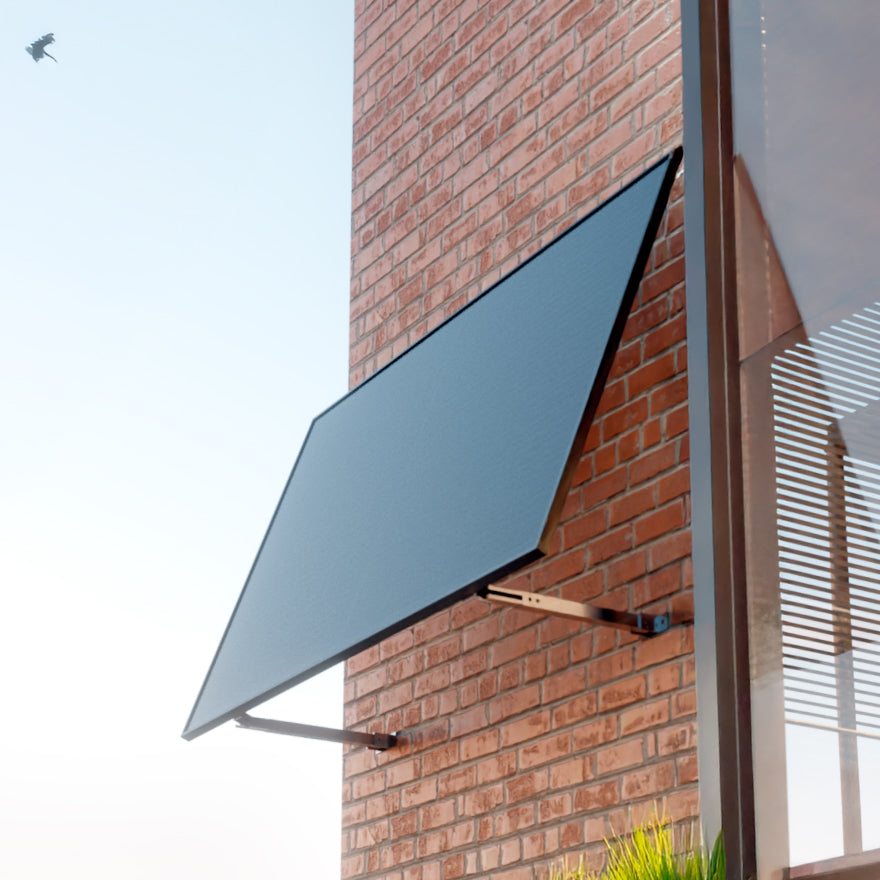
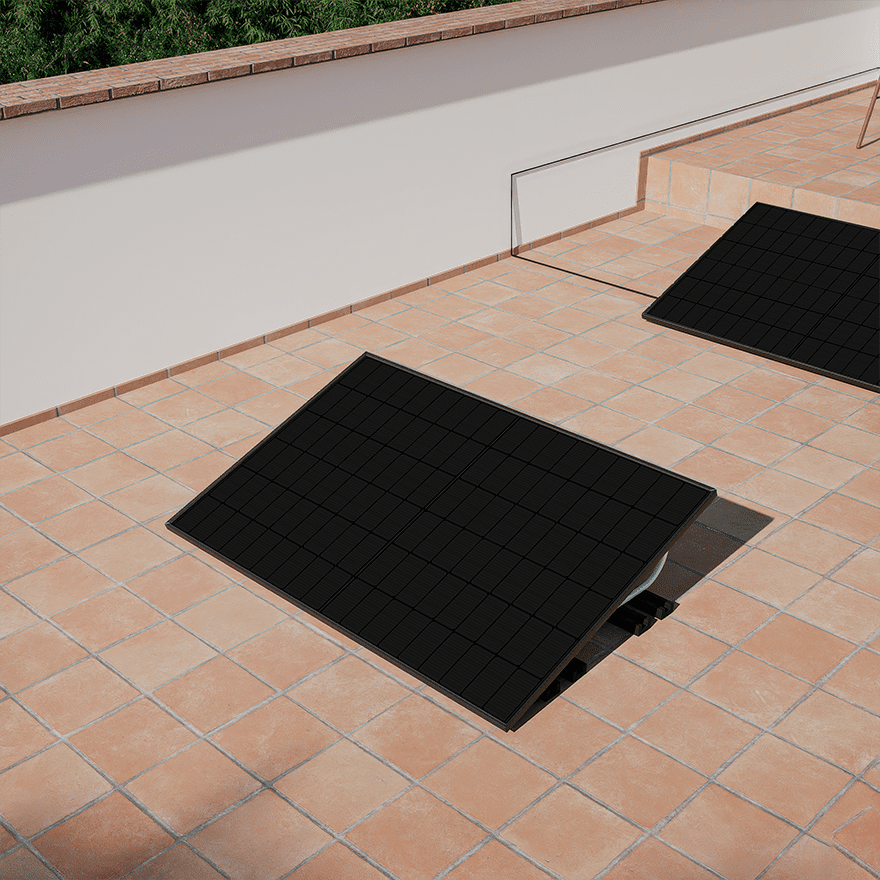
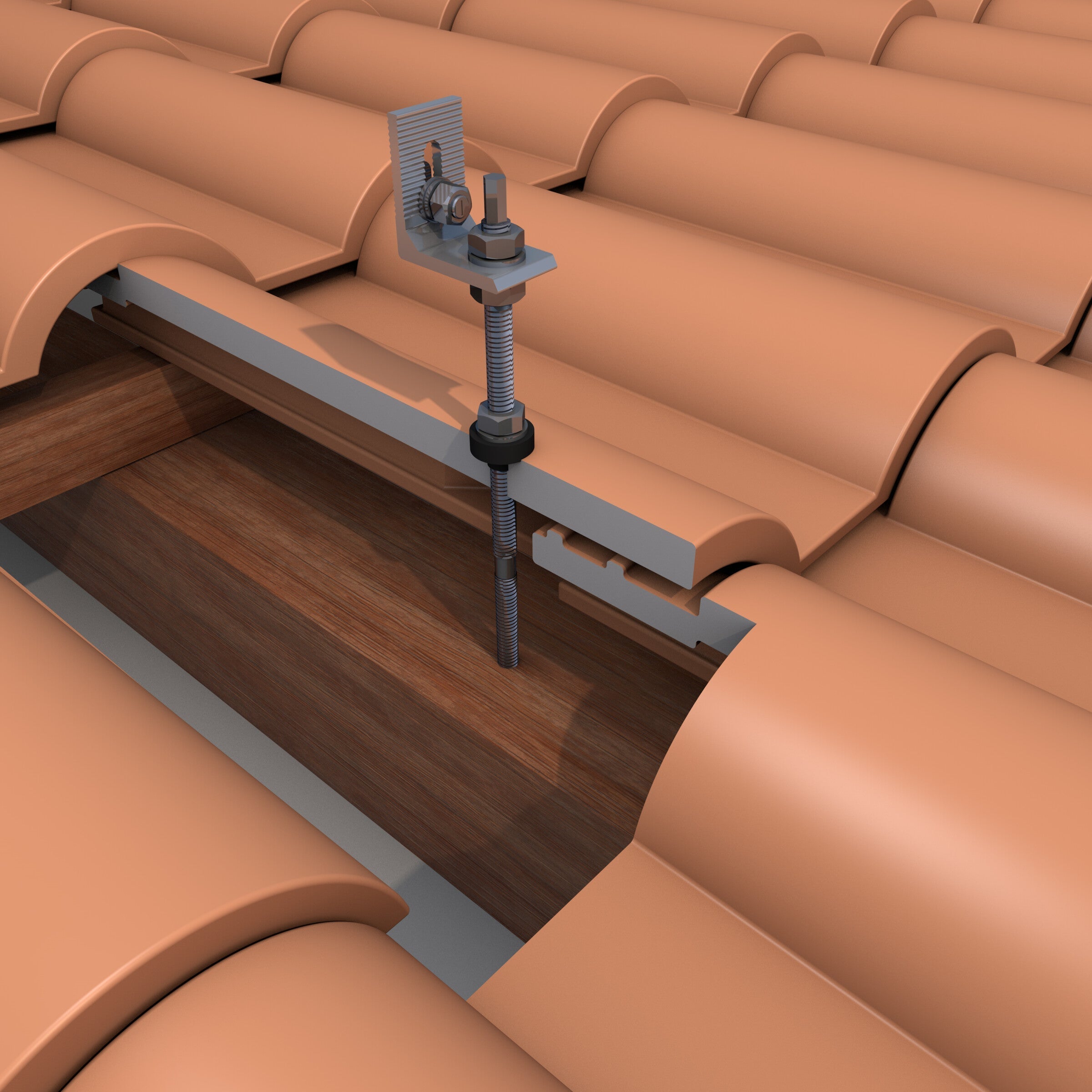
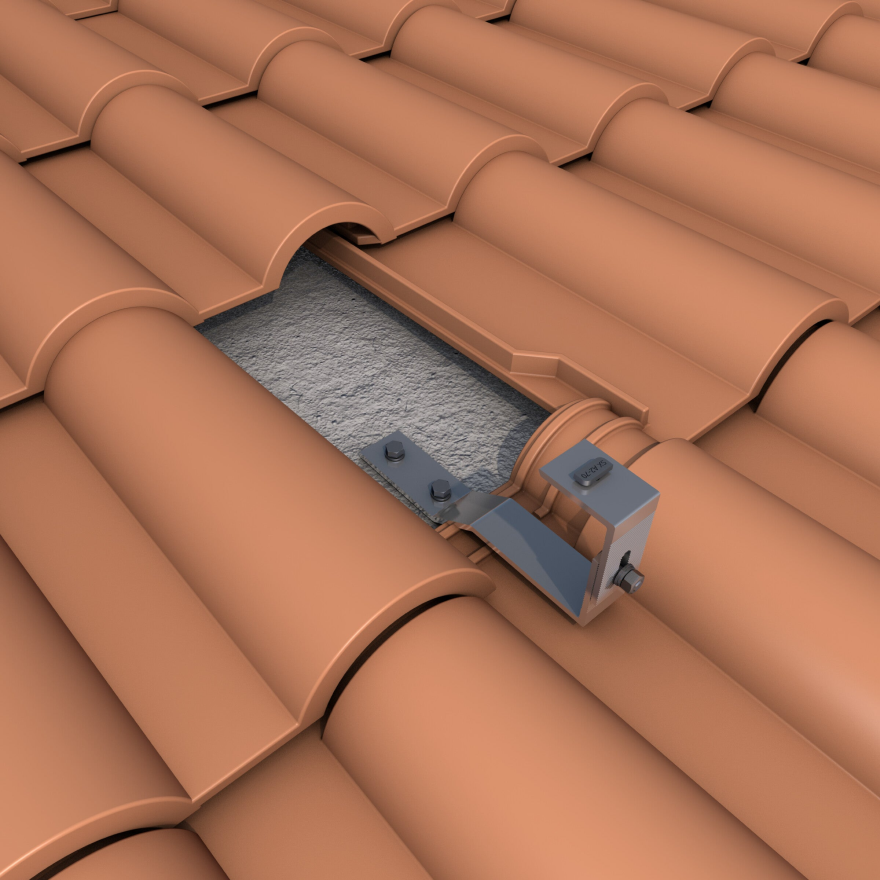
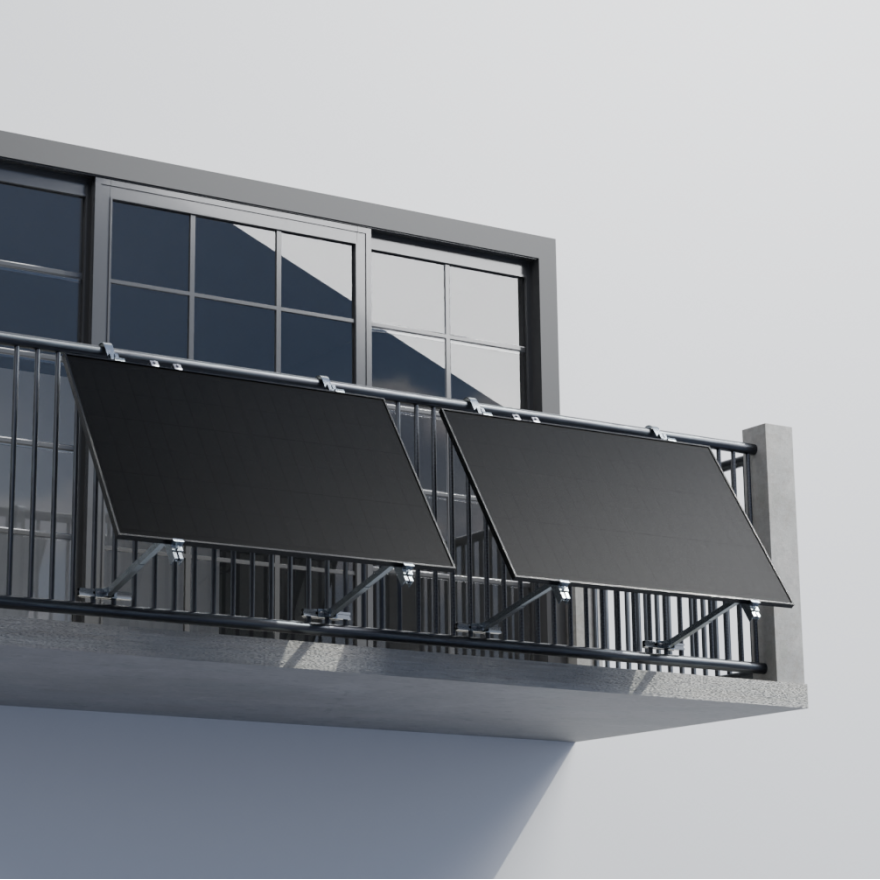
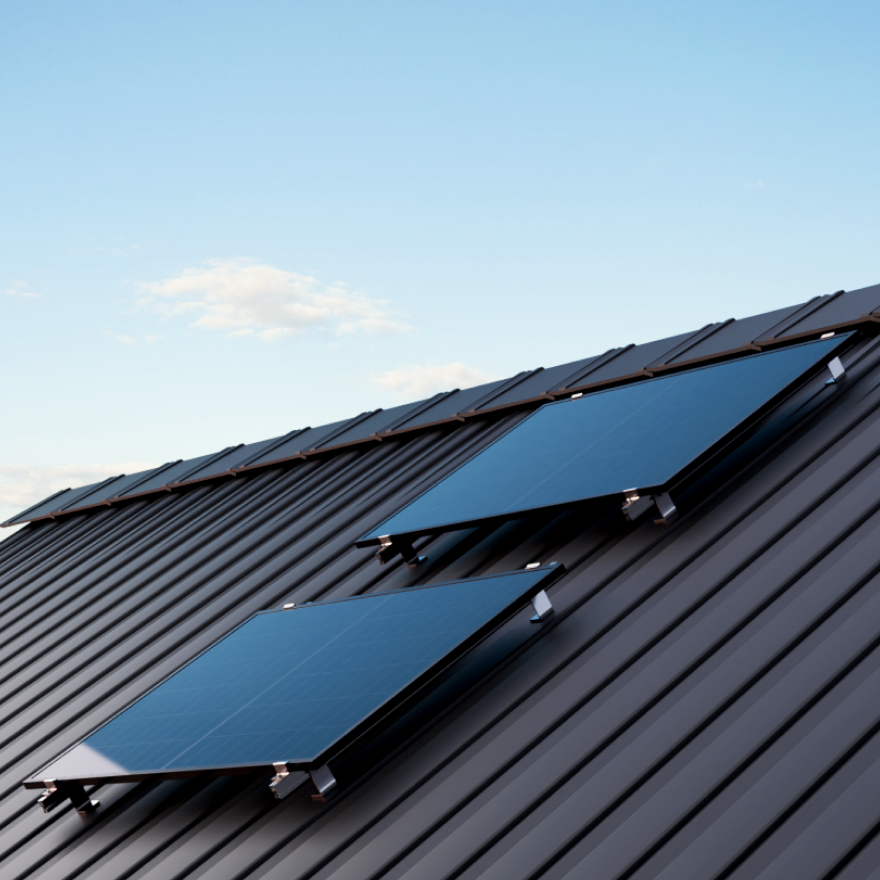
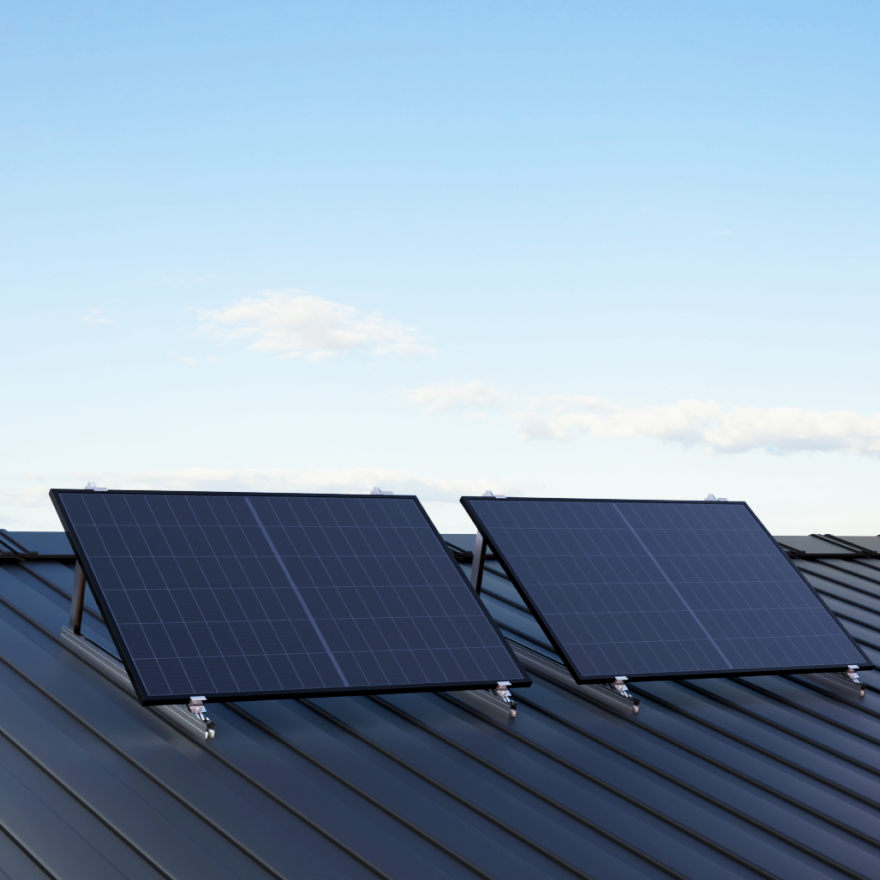
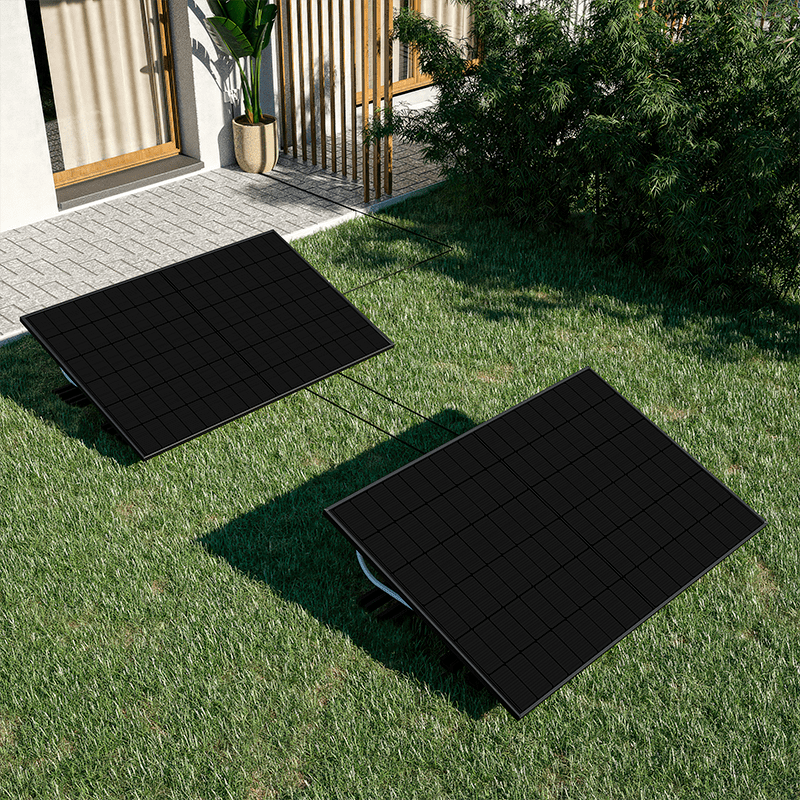
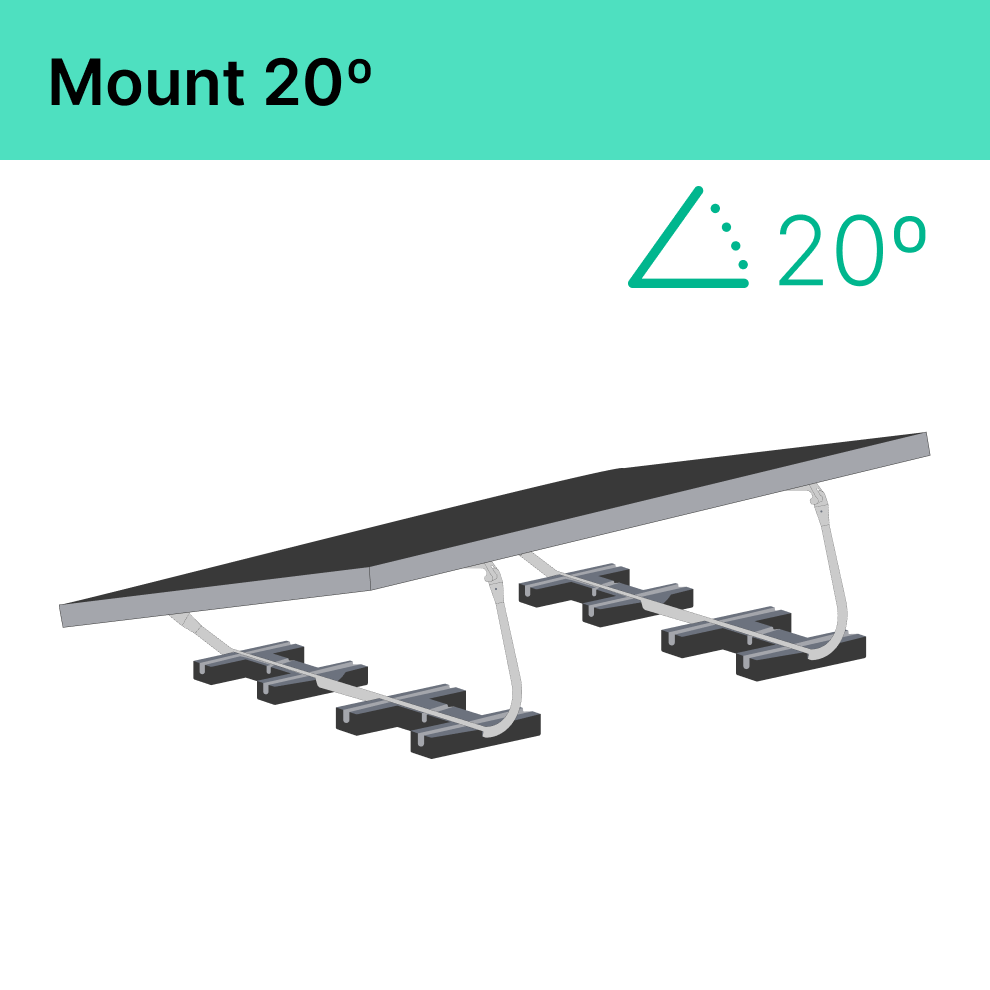
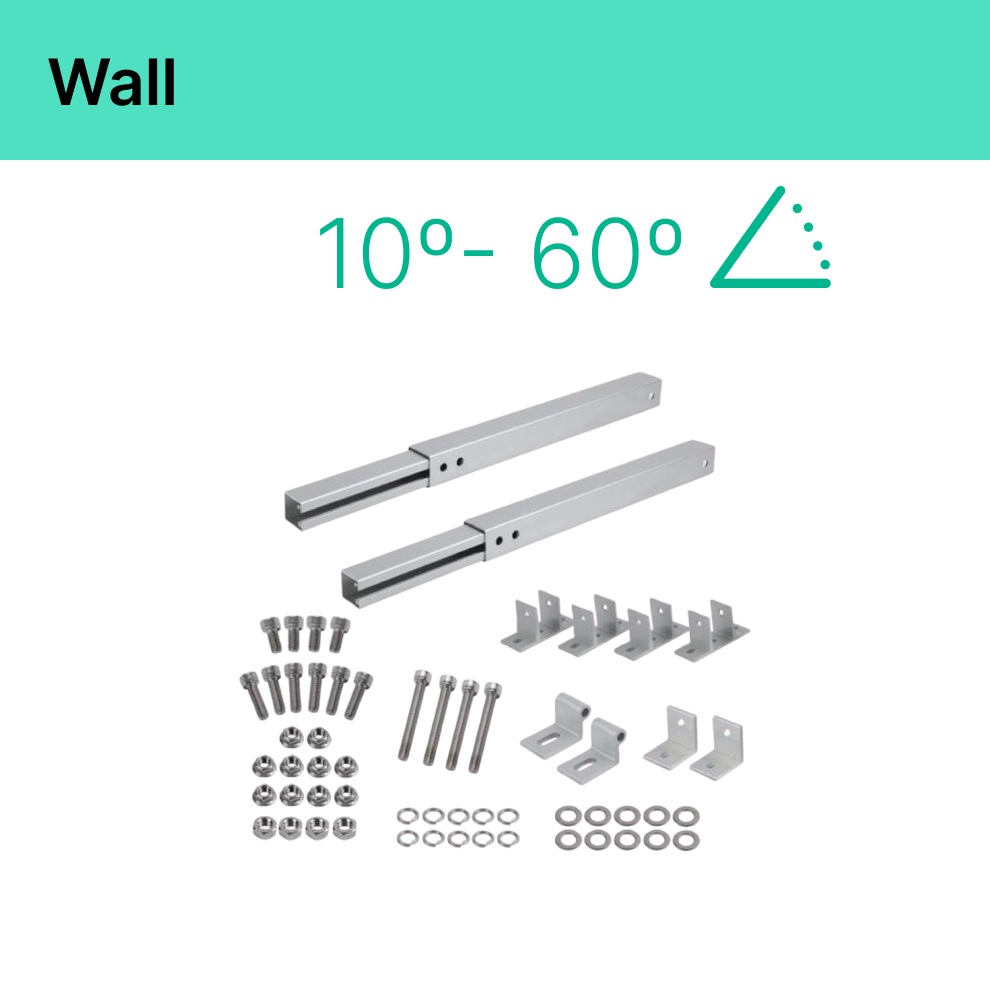
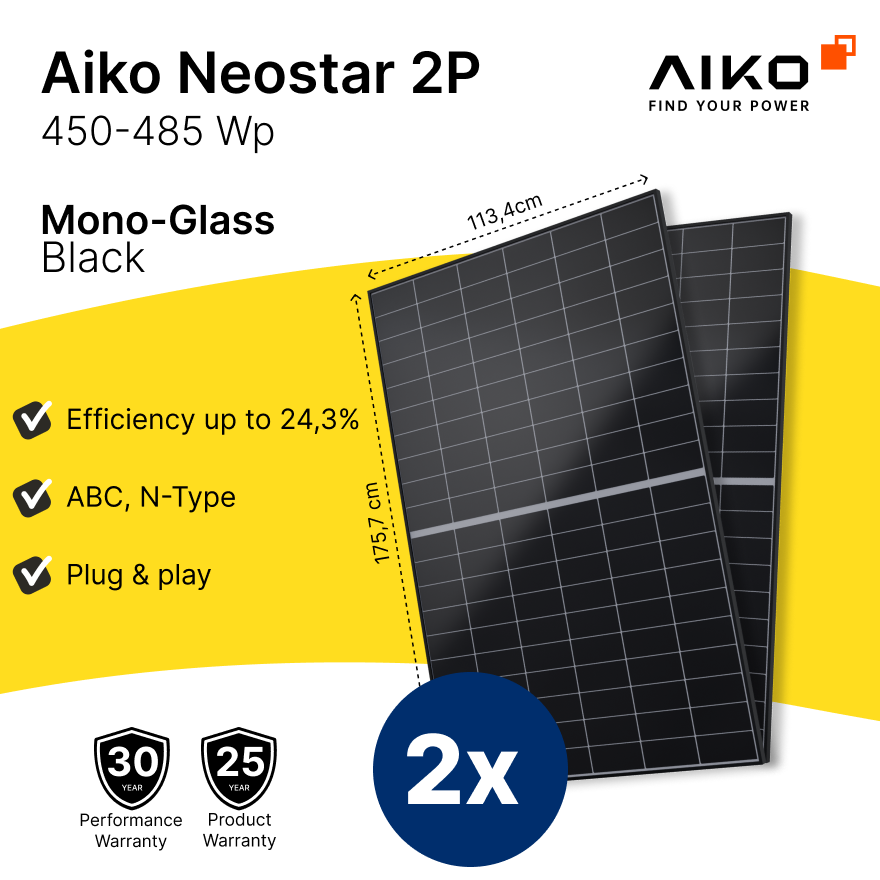
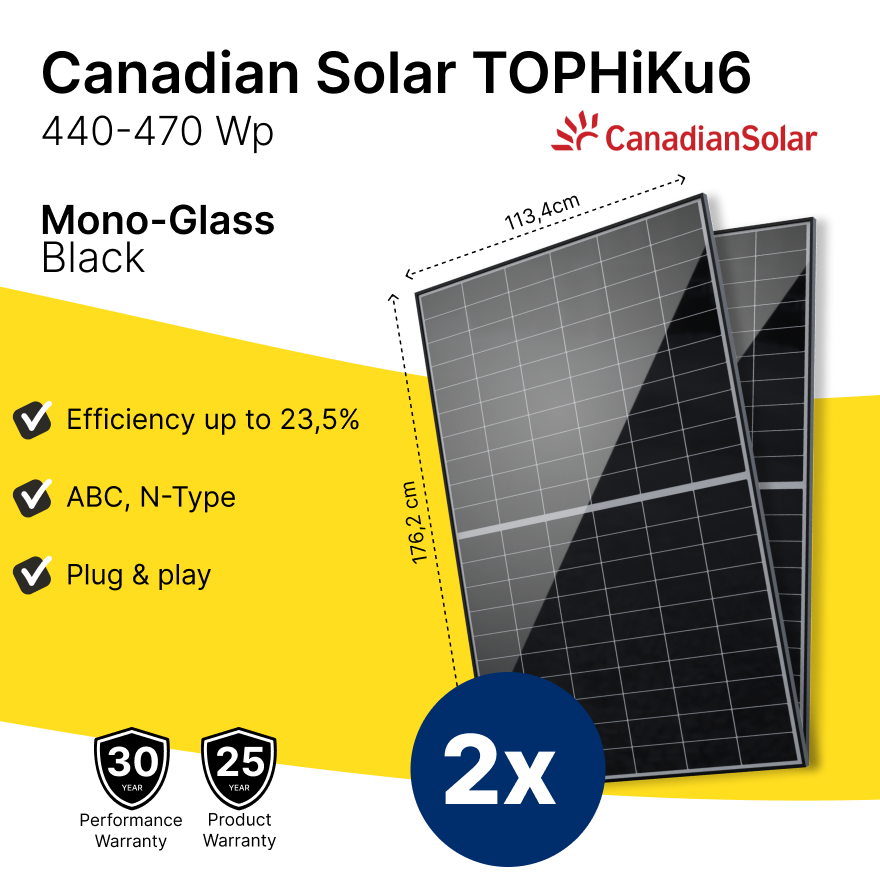
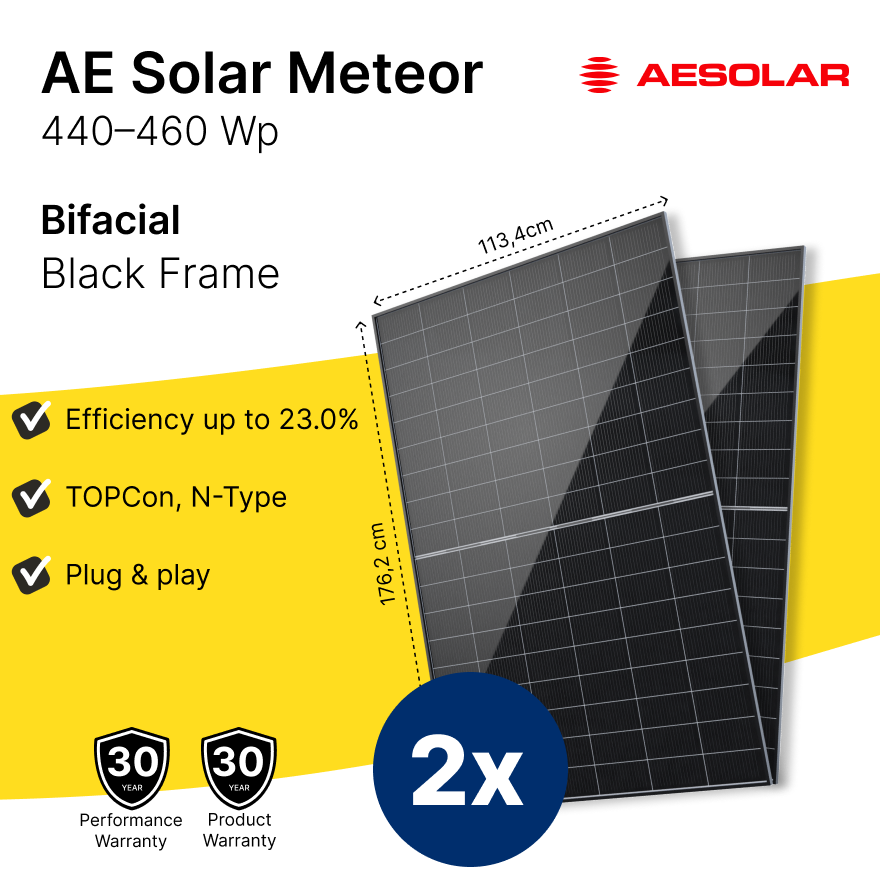
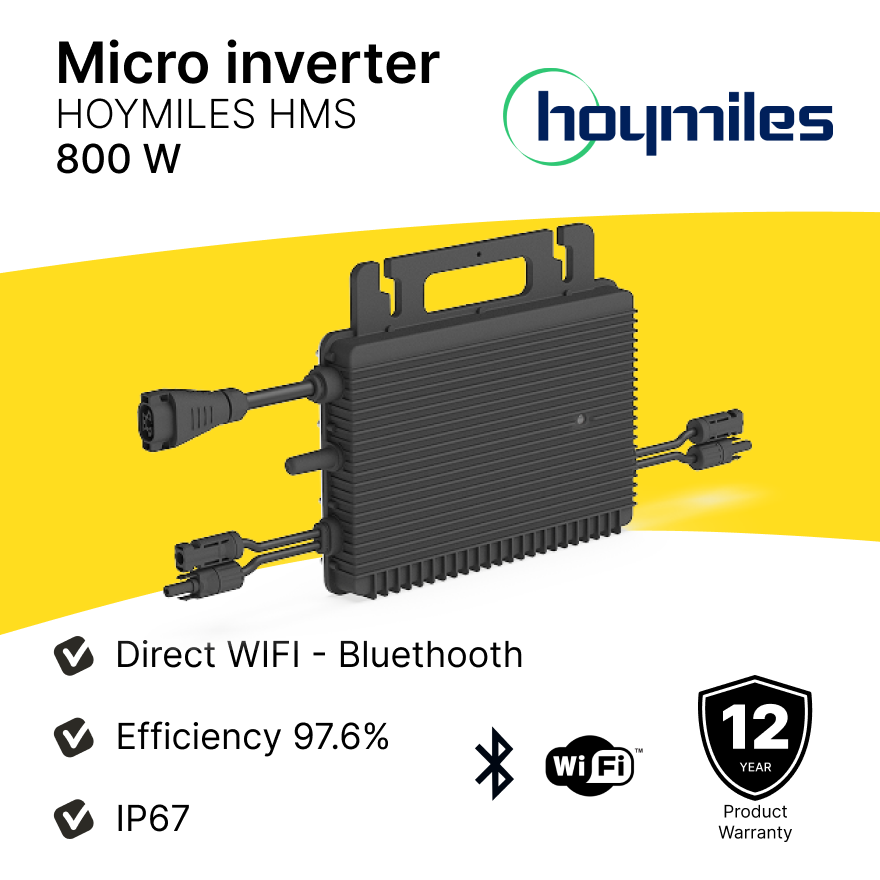
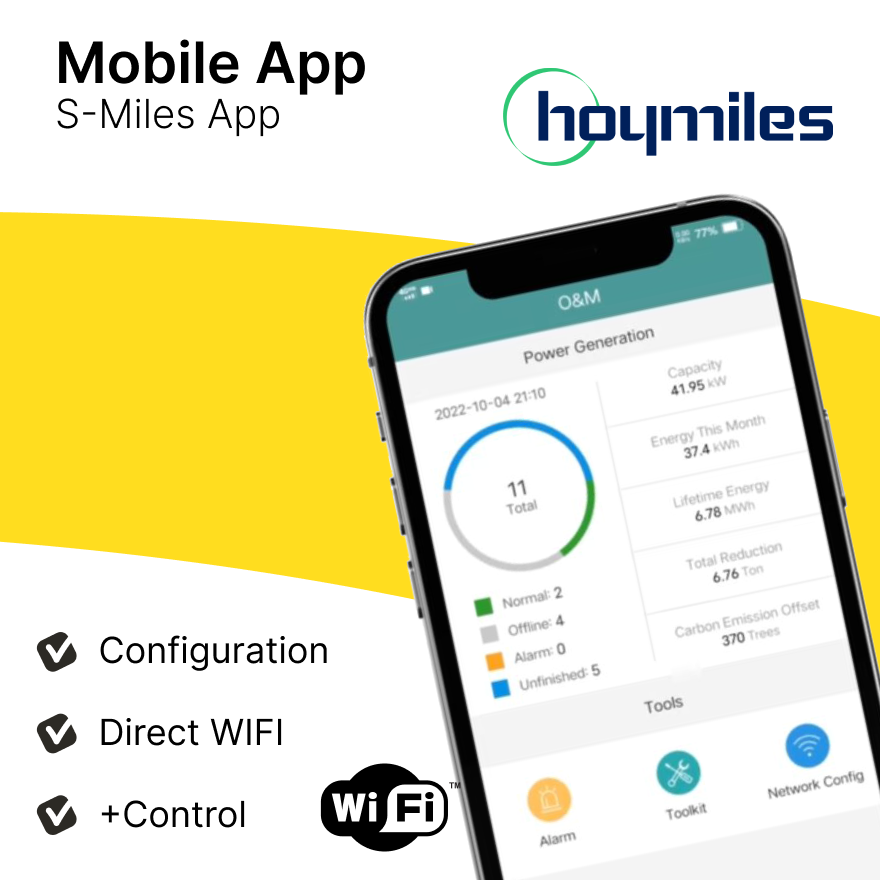
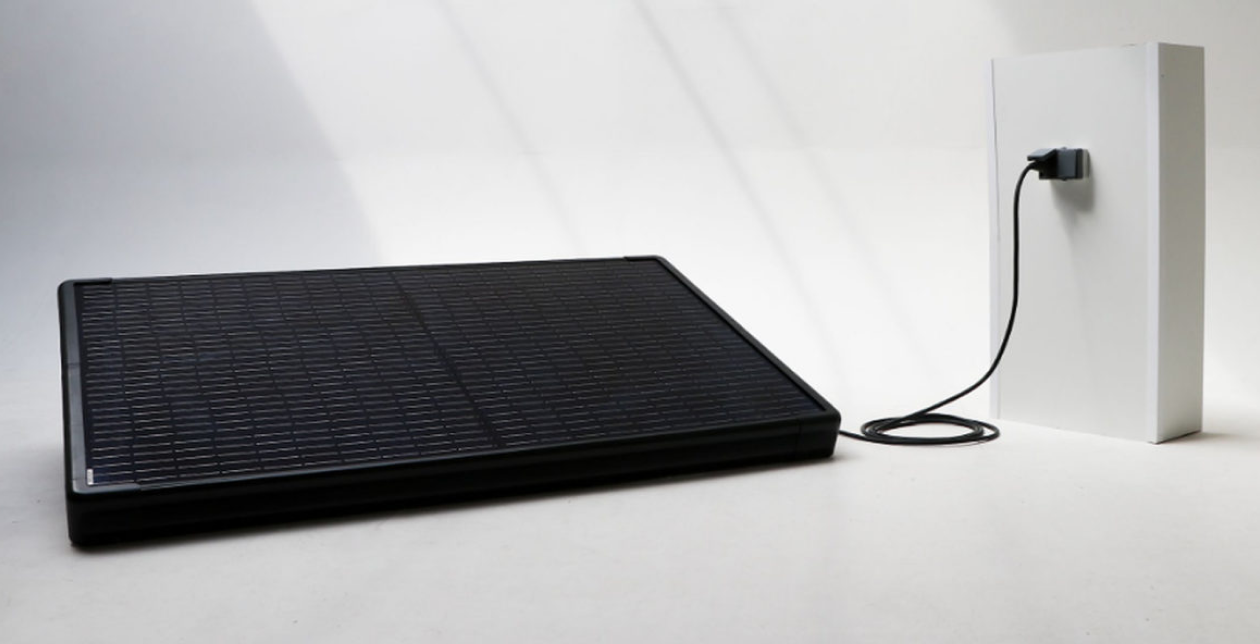
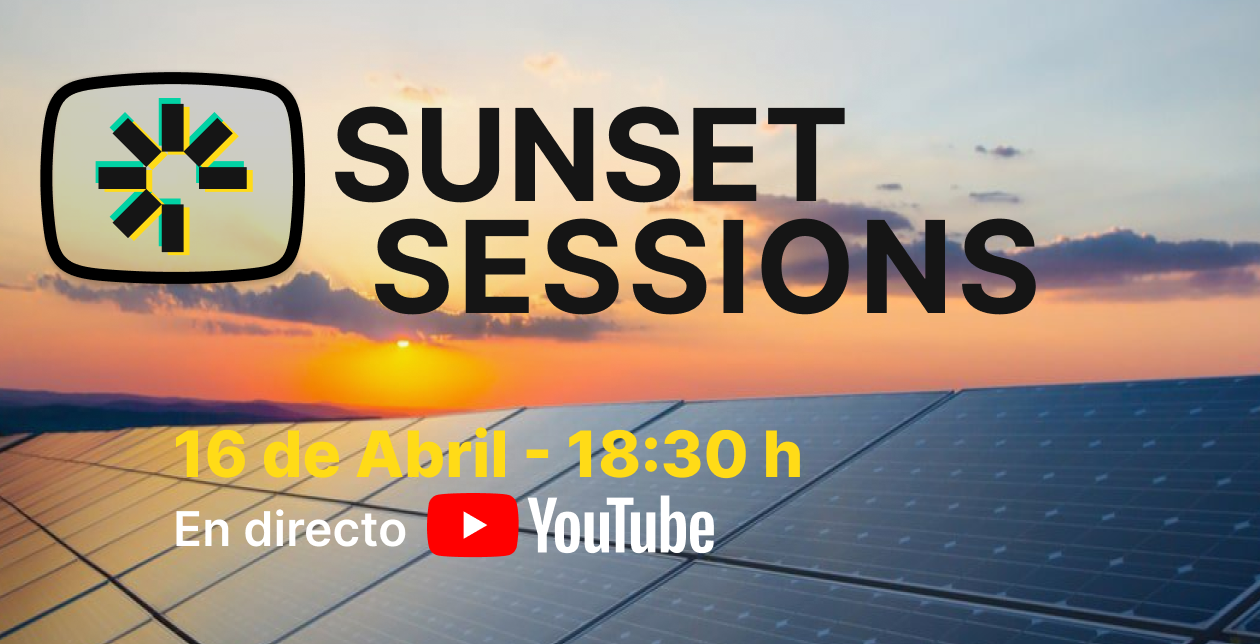
Leave a comment
This site is protected by hCaptcha and the hCaptcha Privacy Policy and Terms of Service apply.